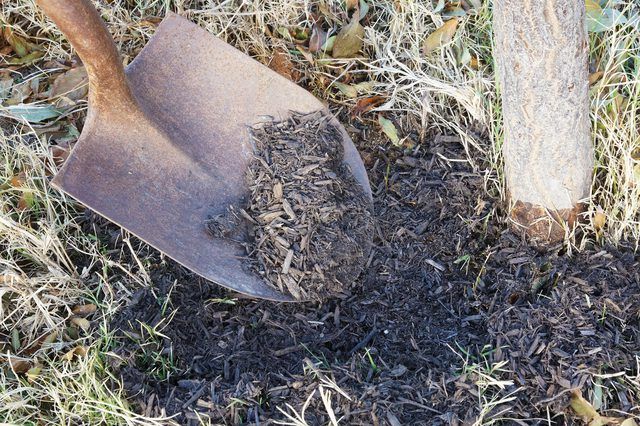Bulbs
Flower Basics
Flower Beds & Specialty Gardens
Flower Garden
Garden Furniture
Garden Gnomes
Garden Seeds
Garden Sheds
Garden Statues
Garden Tools & Supplies
Gardening Basics
Green & Organic
Groundcovers & Vines
Growing Annuals
Growing Basil
Growing Beans
Growing Berries
Growing Blueberries
Growing Cactus
Growing Corn
Growing Cotton
Growing Edibles
Growing Flowers
Growing Garlic
Growing Grapes
Growing Grass
Growing Herbs
Growing Jasmine
Growing Mint
Growing Mushrooms
Orchids
Growing Peanuts
Growing Perennials
Growing Plants
Growing Rosemary
Growing Roses
Growing Strawberries
Growing Sunflowers
Growing Thyme
Growing Tomatoes
Growing Tulips
Growing Vegetables
Herb Basics
Herb Garden
Indoor Growing
Landscaping Basics
Landscaping Patios
Landscaping Plants
Landscaping Shrubs
Landscaping Trees
Landscaping Walks & Pathways
Lawn Basics
Lawn Maintenance
Lawn Mowers
Lawn Ornaments
Lawn Planting
Lawn Tools
Outdoor Growing
Overall Landscape Planning
Pests, Weeds & Problems
Plant Basics
Rock Garden
Rose Garden
Shrubs
Soil
Specialty Gardens
Trees
Vegetable Garden
Yard Maintenance
Santa Rosa Plum Tree Care
Santa Rosa Plum Tree Care. Unlike its name, which is Spanish in origin, the Santa Rosa plum tree originates in Asia. The Santa Rosa plum is one of the most commonly grown and harvested plum trees in the United States. Popular in home gardens and high production farms, the Santa Rosa plum trees produce dark red and purple fruits with a fleshy red...
Unlike its name, which is Spanish in origin, the Santa Rosa plum tree originates in Asia. The Santa Rosa plum is one of the most commonly grown and harvested plum trees in the United States. Popular in home gardens and high production farms, the Santa Rosa plum trees produce dark red and purple fruits with a fleshy red center. With the proper care, a Santa Rosa plum tree can become a fruitful and hardy addition to any garden.
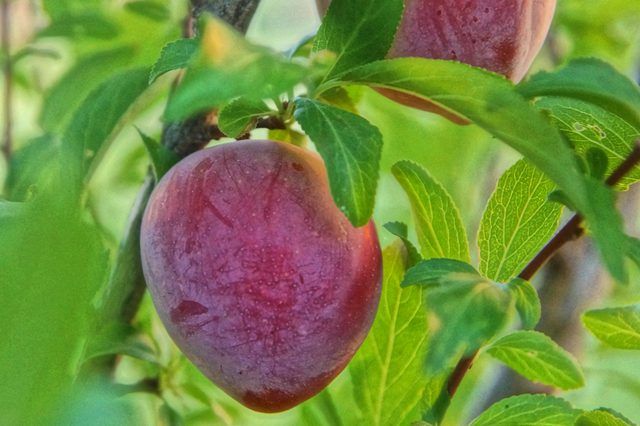
The Santa Rosa plum tree is a full sun plant. Place your tree in a locale where it will not face competition from other fruit tree species. The Santa Rosa plum requires a minimum of six hours of sunshine per day. Plant in an area that will allow the plant to grow and expand. A mature plum tree can reach 25 feet tall; ensure that your tree has adequate growing room. The Santa Rosa plum tree is self and cross pollinating, meaning that the plant does not require adjacent planting with another plum tree. It will pollinate itself.
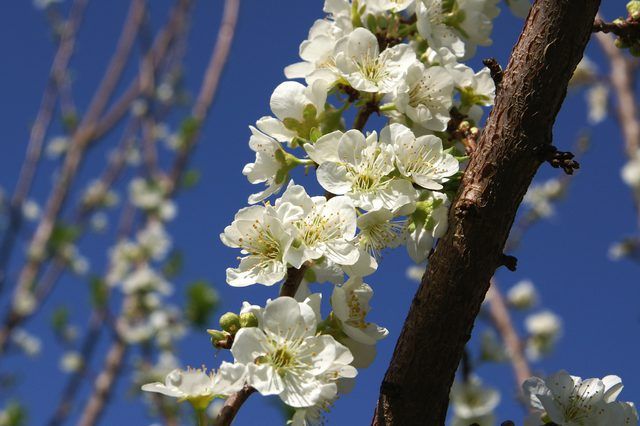
The Santa Rosa plum tree can draw necessary nutrients from clay and sandy soils; however, the plant requires well draining soil. Standing water can lead to root rot and mildew. If you do not have well draining soil in your planned planting locale, use a garden soil from a plant nursery or garden specialty shop.
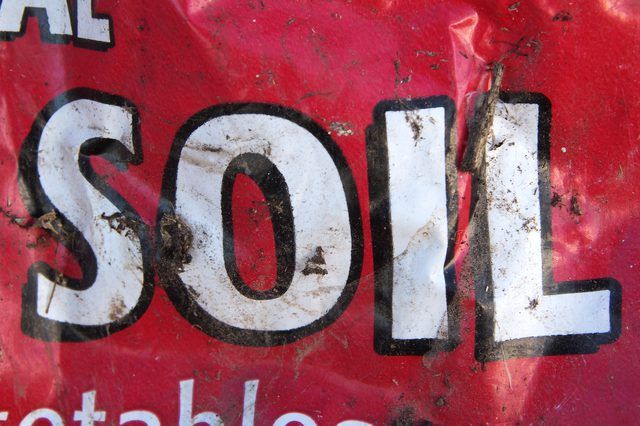
The Santa Rosa plum tree root system is very shallow and widespread, requiring special consideration when watering. Do not water solely at the base of the trunk. Water at least 3 feet away from the trunk to provide some of the outer roots adequate water. Water at least every two to three days unless precipitation is in the forecast.
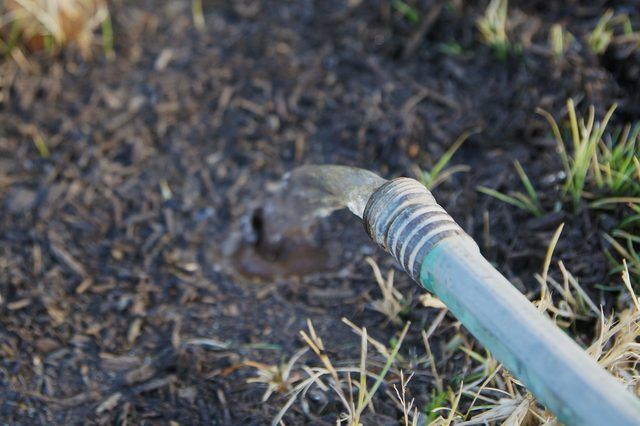
Pruning is an important aspect of Santa Rosa plum tree care. Remove all damaged, diseased and weakened branches from your tree. This will focus energy on the healthy branches. Remove any extended branches, or branches that have broken out from the rest of the tree. This will help boost fruit production. Plum trees in general are sporadic in fruit production. One season may yield a huge amount, almost too much fruit, while one season may be lacking in production. During seasons of excessive yield, remove some fruit before ripening; this will help increase fruit production the following season.
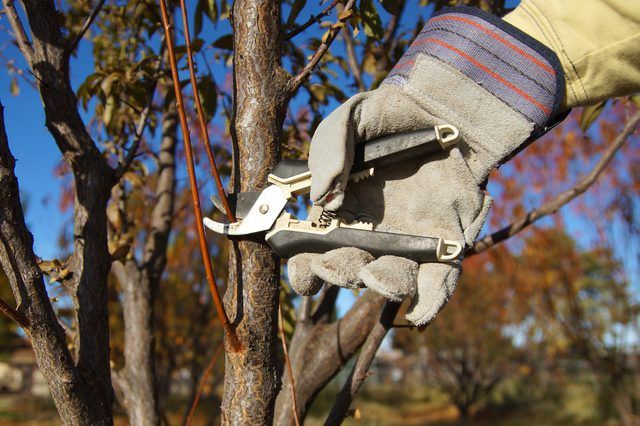
Santa Rosa plum trees do well with fertilizing. Organic fertilizers such as bone meal are ideal for increased production. These plum varieties are grown for other reasons than just their fruit; they are considered ornamental tree. Fertilizer with moderate nitrogen content will help increase the tree’s prized foliage, making the tree hardier and healthier. When applying fertilizer, follow the instructions found with the fertilizer. Mulch around the base of the tree during fall and again directly after winter. This will protect the roots from risk of frost damage.
